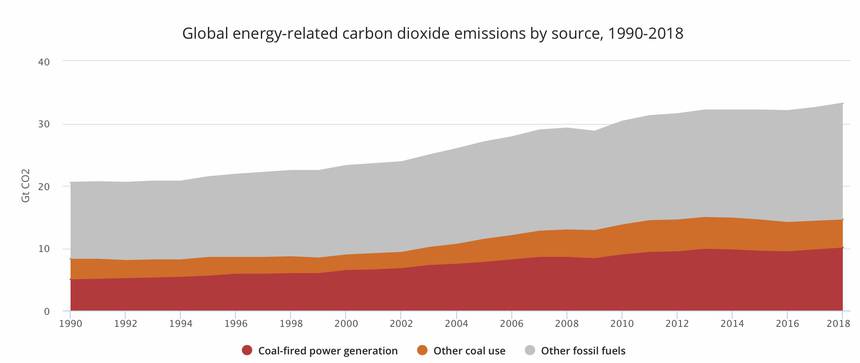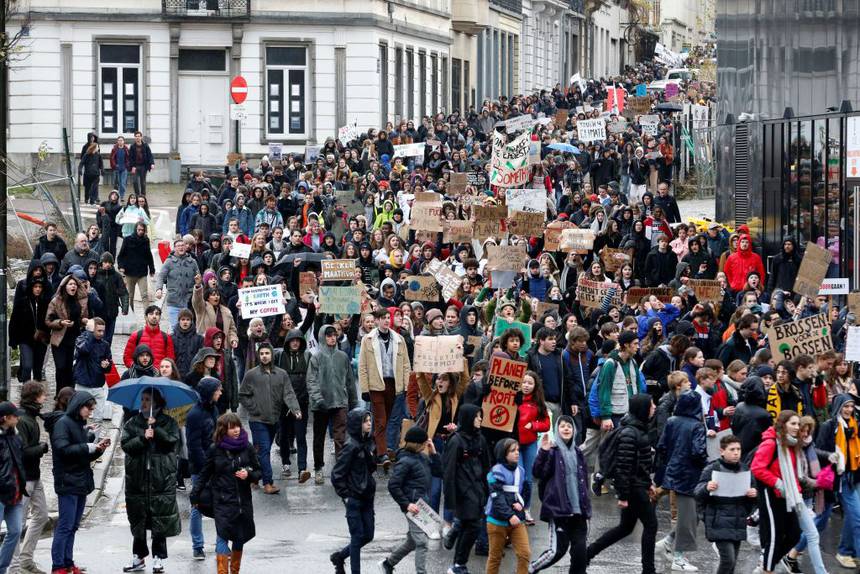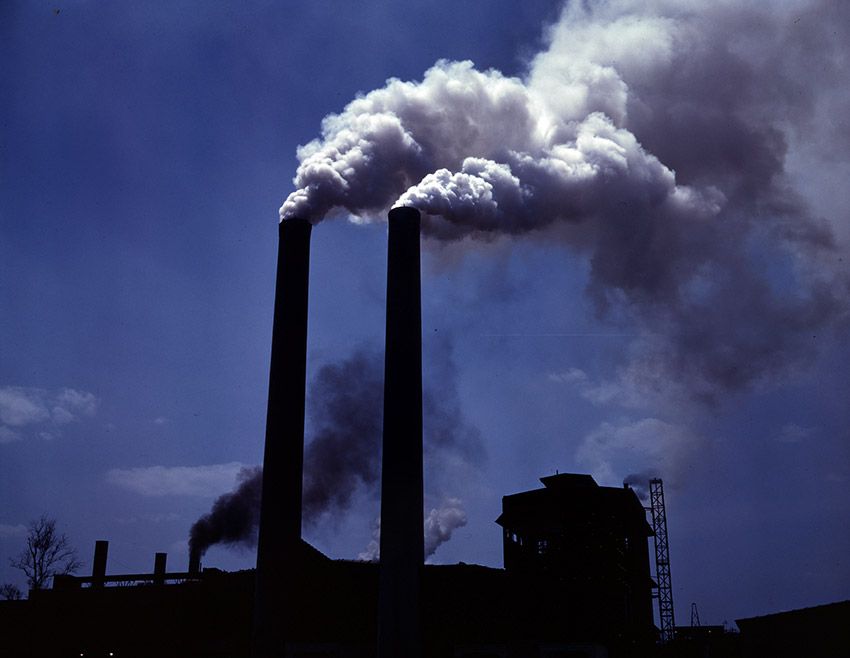We are going backward, not forward.
The happy optimists among us have been saying for years that coal is on its way out, with posts like Investors predict “start of the end” of coal in Asia.
Dammit @lloydalter – I know you’re going to say “I told you so”. https://t.co/lvEcJ7ER3l
— Sami Grover (@SamiGrover) March 26, 2019
But even Sami admits that things are not looking good. In fact, the International Energy Agency reports that Global energy demand rose by 2.3% in 2018, its fastest pace in the last decade.
 International Energy Agency/CC BY 2.0
International Energy Agency/CC BY 2.0
Global CO2 emissions rose by 1.7 percent to 33 Gigatonnes, a third of which came from burning more coal for electric power in Asia. Much of that power is being used for air conditioning, because guess what, the world is getting warmer. According to the IEA:
Almost a fifth of the increase in global energy demand came from higher demand for heating and cooling as average winter and summer temperatures in some regions approached or exceeded historical records. Cold snaps drove demand for heating and, more significantly, hotter summer temperatures pushed up demand for cooling.
But you can’t just blame China; in the US, gas consumption increased by 10 percent, “the fastest increase since the beginning of IEA records in 1971. The annual increase in US demand last year was equivalent to the United Kingdom’s current gas consumption.”
Energy intensity, the measure of how efficiently energy is being used, improved only 1.3 percent in 2018, half the rate of five years ago. That’s blamed on weaker energy efficiency policies and strong demand growth in economies where they don’t worry much about efficiency.
We have seen an extraordinary increase in global energy demand in 2018, growing at its fastest pace this decade,” said Dr Fatih Birol, the IEA’s Executive Director. “Last year can also be considered another golden year for gas, which accounted for almost half the growth in global energy demand. But despite major growth in renewables, global emissions are still rising, demonstrating once again that more urgent action is needed on all fronts — developing all clean energy solutions, curbing emissions, improving efficiency, and spurring investments and innovation, including in carbon capture, utilization and storage.”
Oil demand keeps growing, because of, guess what, plastics, “with the United States again leading the global increase for the first time in 20 years thanks to a strong expansion in petrochemicals, rising industrial production and trucking services.”
 © Students striking in Belgium/ NICOLAS MAETERLINCK/AFP/Getty Images
© Students striking in Belgium/ NICOLAS MAETERLINCK/AFP/Getty Images
And people wonder why the kids are taking to the streets. It’s time for some serious action or we are cooked.
